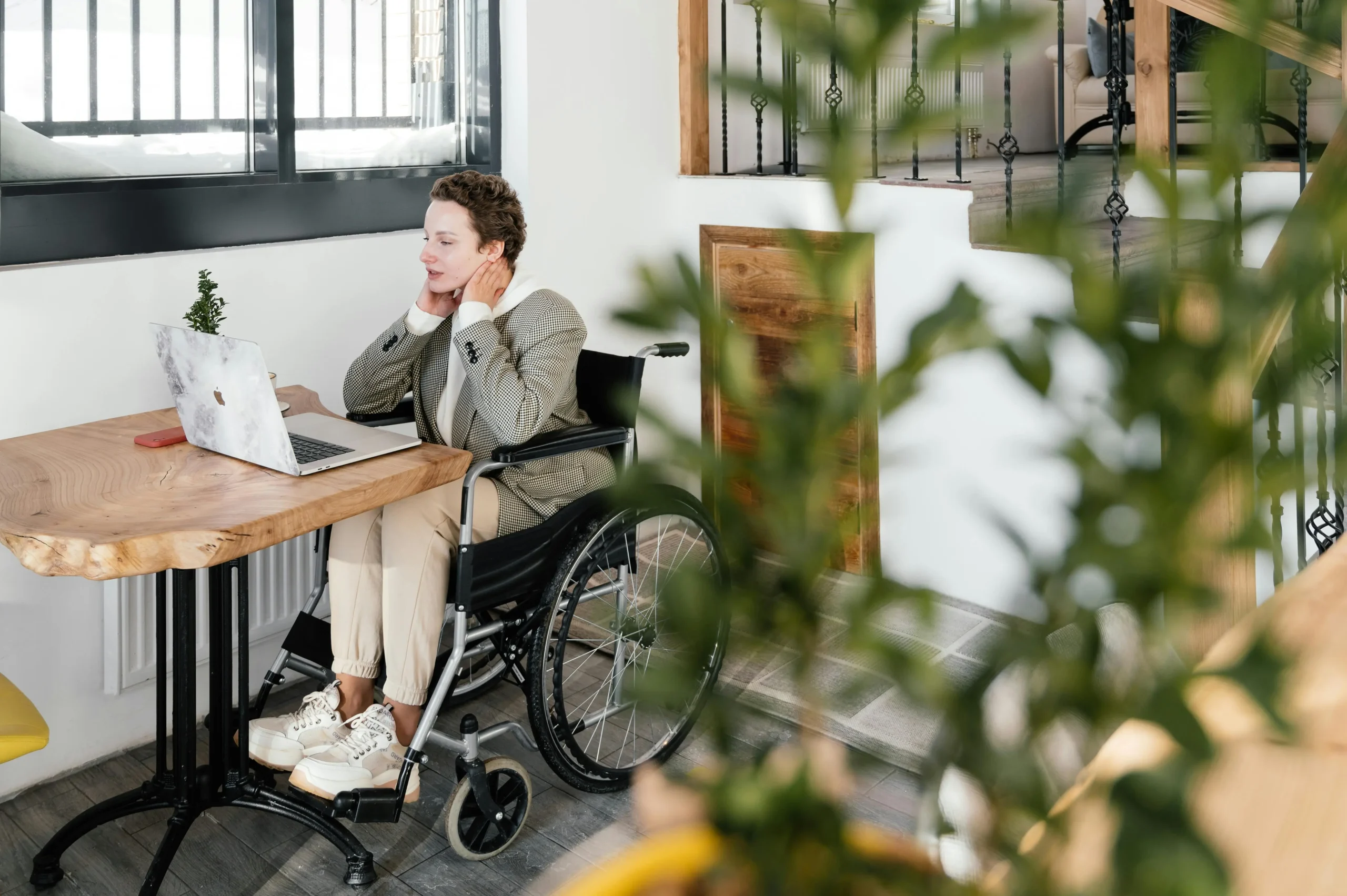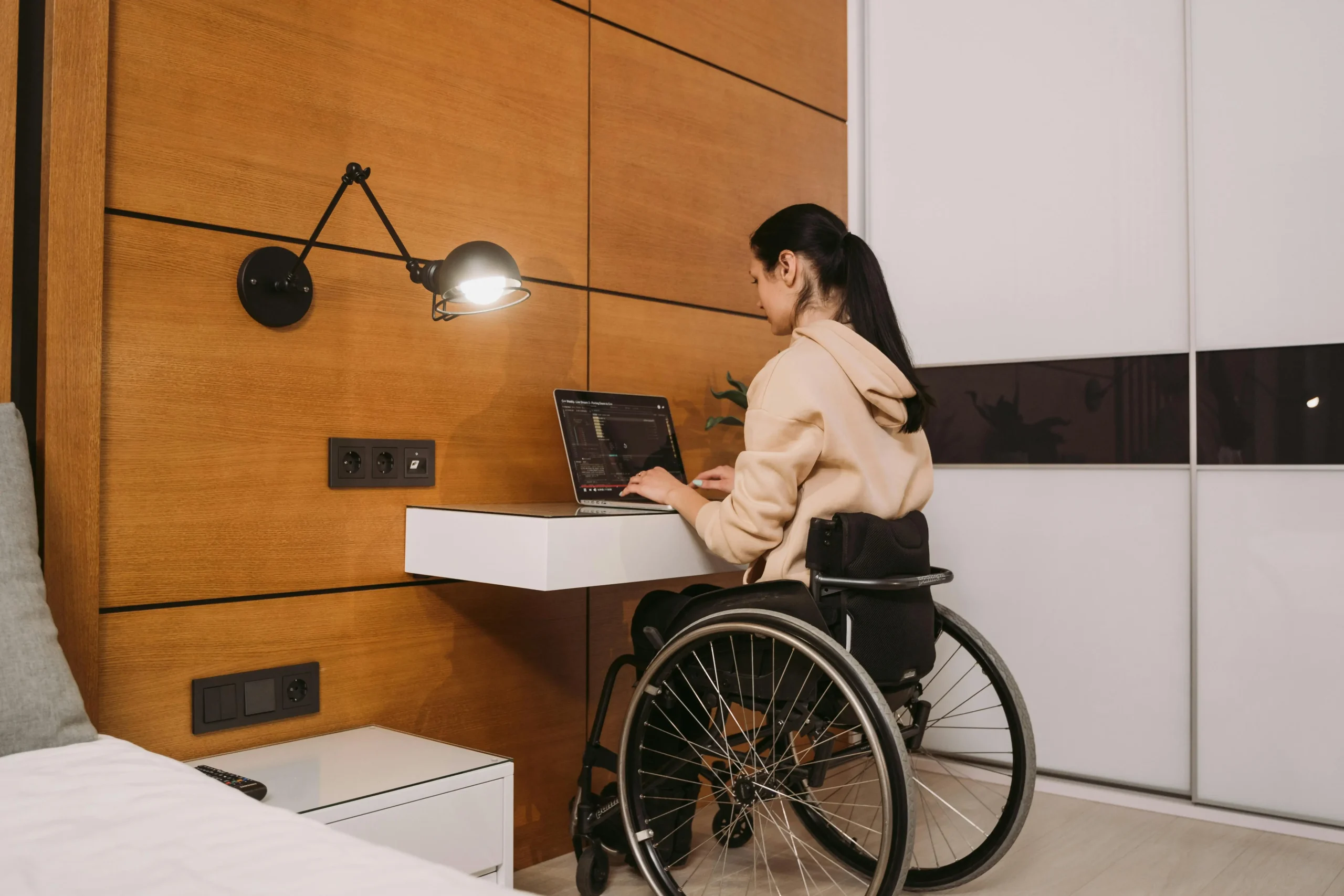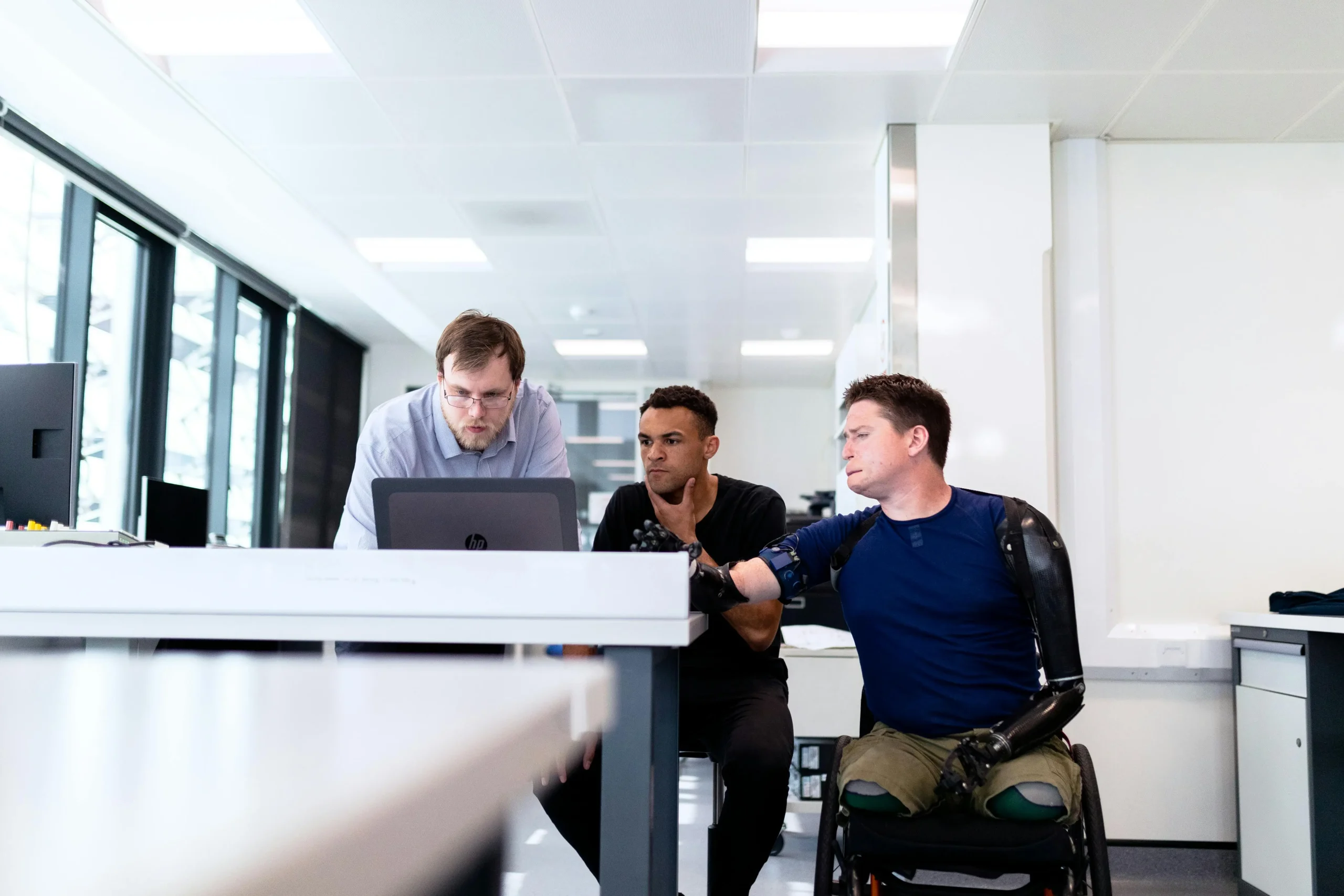Creating an inclusive workplace is more than a corporate trend — it’s a commitment to ensuring that every employee, regardless of ability, feels valued, respected, and empowered. For disabled employees, workplace inclusivity means more than physical accommodations. It’s about fostering a culture where everyone can thrive, contribute meaningfully, and feel part of a team.
At Equal Capable Jobs, we believe that inclusivity is the key to unlocking diverse talent. Here’s how you can build an inclusive workplace for disabled employees.
Understanding the Importance of Inclusivity
Why Inclusivity Matters
An inclusive workplace fosters innovation, collaboration, and improved employee morale. Studies show that companies that prioritize diversity and inclusivity tend to perform better, both in terms of employee satisfaction and business outcomes. Hiring people with disabilities brings unique perspectives and solutions, enhancing creativity and problem-solving in your teams.
1. Accessible Workspaces: More Than Just Ramps
Designing Physical Accessibility
The first step toward creating an inclusive environment is ensuring that your workplace is physically accessible. This includes ramps, elevators, accessible restrooms, and wide doorways for wheelchair access. However, inclusivity goes beyond these basics. Consider how employees with other disabilities, such as vision or hearing impairments, can navigate the space.
Tips:
- Ensure that meeting rooms and workspaces are easily accessible for all.
- Provide adjustable desks and ergonomic furniture.
- Install screen reader-compatible software for visually impaired employees.
- Include clear, easy-to-read signage around the office.
2. Flexible Work Arrangements: Accommodating Everyone’s Needs
The Importance of Flexibility
Disabled employees often require flexible work arrangements to perform their best. Offering remote work, flexible hours, or reduced workweeks can help accommodate those with chronic health conditions or mobility limitations.
How to Implement Flexibility:
- Allow employees to work from home, where they may have more comfortable or accessible setups.
- Offer adjustable work hours to accommodate medical appointments or rest periods.
- Ensure that these accommodations are available to anyone, normalizing flexibility across the workforce.
3. Inclusive Technology: Empowering Disabled Employees
Making Technology Accessible
Technology plays a crucial role in today’s workplace, and it should be equally accessible to all employees. Ensure that your tools, software, and communication platforms are compatible with assistive technologies like screen readers, voice recognition software, and captioning services.
Ways to Incorporate Inclusive Technology:
- Use video conferencing platforms that offer closed captioning.
- Ensure company software works with screen readers or speech-to-text technology.
- Provide training on accessible tools so that all team members can collaborate seamlessly.
4. Training and Sensitizing Your Team
Creating Awareness and Sensitivity
Inclusivity doesn’t stop at physical accommodations; it extends to company culture. Train all employees, especially managers, on how to work effectively with disabled colleagues. Sensitivity training can help break down stereotypes and create a supportive environment for everyone.
Training Can Include:
- Workshops on disability awareness and inclusive language.
- Training on how to offer help to disabled colleagues without overstepping.
- Ensuring managers understand the legal requirements and benefits of inclusivity.
5. Fostering a Culture of Empathy and Support
Creating a Supportive Environment
An inclusive workplace thrives on a culture of empathy. Encourage open communication, so employees feel comfortable discussing their needs. Establish employee resource groups (ERGs) for disabled employees, providing them with a safe space to share experiences and advocate for change.
Key Actions:
- Create an open-door policy for discussing accommodations.
- Foster mentorship programs where disabled employees can seek guidance and support.
- Celebrate Disability Awareness Month and similar initiatives to promote inclusivity.
6. Regularly Review and Update Policies
Keeping Inclusivity Ongoing
Inclusivity isn’t a one-time initiative. Regularly review your policies to ensure they remain relevant and effective. Get feedback from disabled employees about their experience and what can be improved. This will help you stay proactive in building an ever-evolving, inclusive workspace.
What to Review:
- Accessibility of new office spaces and technologies.
- The effectiveness of flexible work policies.
- Employee feedback on inclusivity initiatives and adjustments.
Conclusion: Commitment to Inclusivity Builds Success
Building an inclusive workplace for disabled employees isn’t just the right thing to do — it’s a smart business move. By prioritizing accessibility, flexibility, and awareness, your company will benefit from diverse perspectives and a more engaged workforce. At Equal Capable Jobs, we’re dedicated to connecting businesses with the talented pool of disabled professionals who are ready to make an impact.
Let’s create workplaces where everyone has the opportunity to thrive, regardless of ability.













